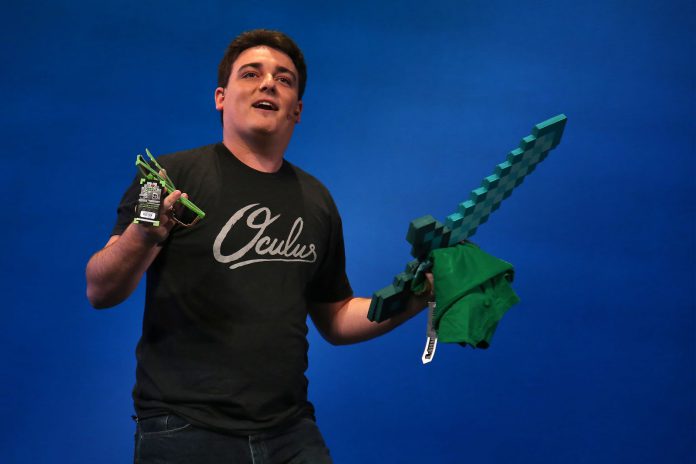Oculus Rift virtual reality (VR) head-mounted display (HMD) creator Palmer Luckey has been addressing questions over the kit’s Room Scale user-tracking capabilities this week. The designer first posted an image on Twitter in which he experimented with the placement of multiplayer sensors within a room before taking to Reddit to talk about the results and how this compared to the HTC Vive HMD’s own solution in SteamVR. In fact, responding to criticism about that comparison, Luckey revealed that Oculus VR itself had first tested Room Scale user-tracking ‘years ago’.
Replying to one Reddit user that expressed doubts that Luckey had only recently used this setup for the first time, Luckey simply wrote: “You are right, we tried it years ago.” This is hardly surprising given that Oculus VR’s R&D labs will have no doubt been testing out a number of different locomotion solutions for its VR HMD over the past few years. Add to that the fact that Valve’s VR prototypes – which Oculus VR tested in the early days of developing its kit – featured Room Scale tracking itself, so the concept is hardly new.
As Luckey himself later stated though, the Oculus Rift will have to actually be released in order to clean up the speculation surrounding its own Room Scale capabilities. Just how large a role it plays in the content that’s release for the device remains to be seen. The HTC Vive uses a laser-based solution named Lighthouse to track players in an area of up to 15 feet by 15 feet. The Oculus Rift will be the first of these two to launch, arriving some time in Q1 2016, while the HTC Vive was only recently confirmed to be arriving the following April, dashing hopes for the originally-promised limited launch this December.
VRFocus will continue to follow both HMDs closely, reporting back with the latest updates on their progress.
-END-
The post Oculus First Tried Room Scale Tracking on Rift ‘years ago’ appeared first on VRFocus.















